The idea of “male gaze” has become a really important way to look at how gender is shown in films. It refers to how visual media, especially films, often show women through the perspective of heterosexual men, making them seem like passive objects of male desire. In her 1975 essay “Visual Pleasure and Narrative Cinema,” Laura Mulvey introduced a concept that questions how traditional filmmaking methods reinforce gender power dynamics. Even though Mulvey focused on the classical Hollywood era, the male gaze is still present in modern cinema, influencing how women are represented and how audiences view gender roles and relationships.
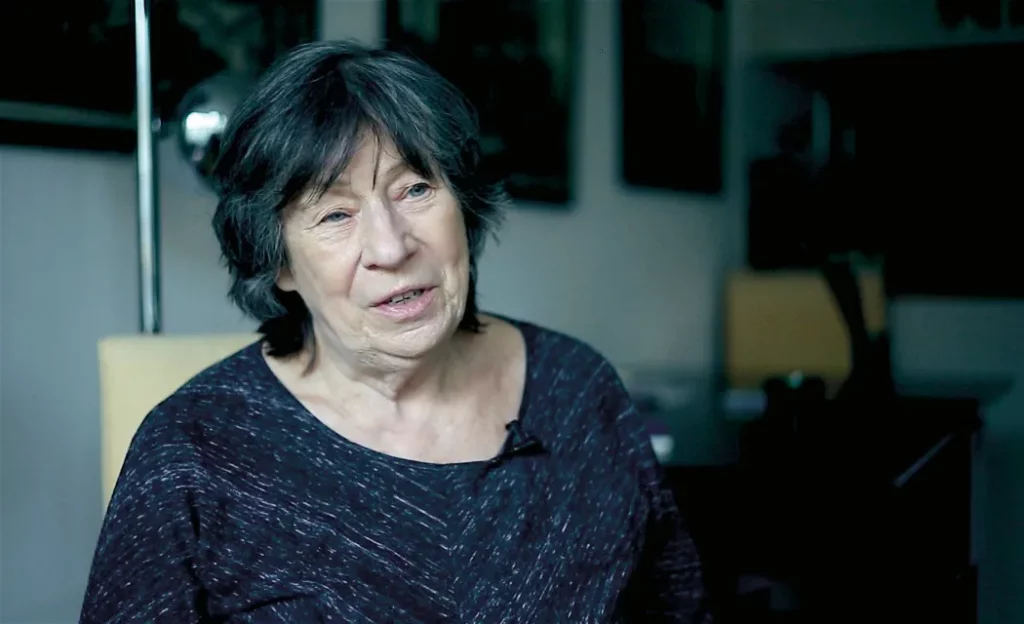
The masculine gaze is visible in all elements of filmmaking and narrative. For example:
Costume design: Women in films are typically costumed in a way that highlights their sexuality, even if this is not relevant to the storyline. A obvious example is the way female characters in superhero films such as Wonder Woman (2017) are dressed in unpractical and exposing attire, where the character’s clothing prioritises visual appeal over utility.
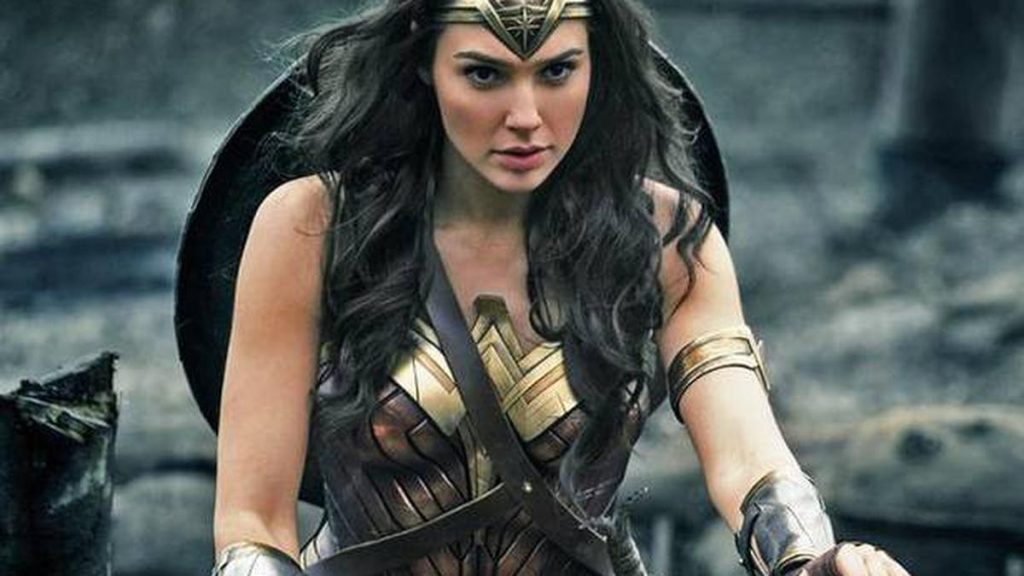
Camera angles: Techniques such as slow motion or close-ups generally showcase a woman’s body, valuing physical attractiveness over character depth. For example, in Transformers (2007), the camera often lingers on Megan Fox’s torso, not for narrative objectives but to accentuate her physique. Similarly, there are many situations in The Wolf of Wall Street (2013) in which Margot Robbie’s role is purposely structured to accentuate her sex appeal rather than her personality.
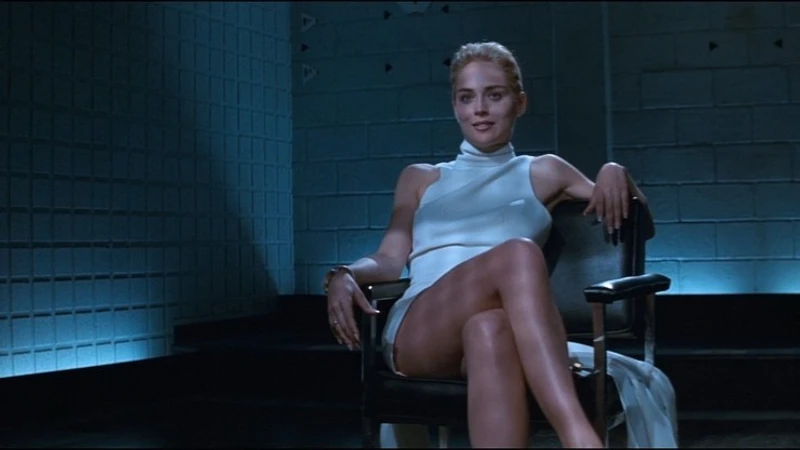
Character positioning: Female characters are generally portrayed as supporting roles for the male protagonist, such as lovers, damsels in distress or decorative figures. For example, in the James Bond series, Bond females are generally reduced to one-dimensional characters whose major job is to set off Bond’s image.
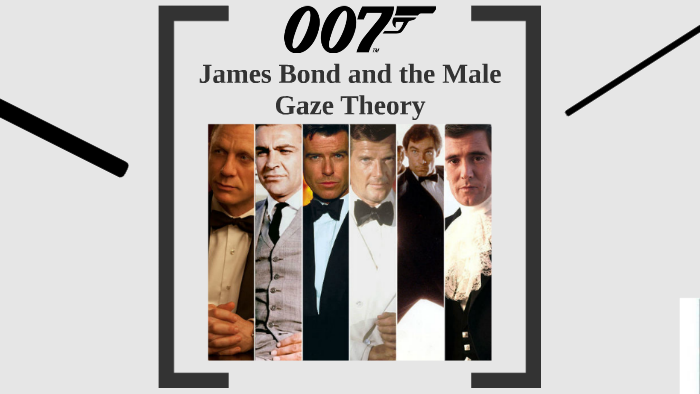
An obvious example of a masculine perspective can be seen in Alfred Hitchcock’s Rear Window (1954). Grace Kelly’s character is portrayed as beautiful and lovely, yet her position is mostly there to confirm the male protagonist’s perspective. Similarly, in the Marvel Cinematic Universe, early representations of Black Widow tended to stress her beauty rather than the character’s depth or motivations.
The Wide-Ranging Effects of the Male Gaze in Film
The way men look at women in films shapes how women are shown on screen and has a big impact on how audiences see them and how society thinks about them. These representations can have a significant effect on both psychology and society. The implications can be divided into a few main points:
1. Self-Objectification
Young women and girls might take in the ongoing objectification of women that is portrayed in films. This could lead to putting more importance on looks rather than abilities or personality, which might create issues with self-esteem and body image.
2. Strengthening Gender Stereotypes
People might unintentionally take in the idea that men are natural leaders and decision-makers, while women are pushed into more passive or lower positions. This reinforcement of outdated roles can keep gender inequality alive in real-life situations.
3. Creating Unrealistic Expectations
Watching films that focus on the male gaze regularly can reinforce the notion that women are primarily there for visual pleasure. This could lead both male and female viewers to develop narrow and inaccurate expectations about women’s roles, behaviours, and appearances.
Some filmmakers actively attempt to shatter the masculine gaze and give alternate views. For example, the feminine gaze prioritises women’s experiences and feelings. Céline Sciamma’s Portrait of a Lady on Fire (2019) is a perfect example of this method, concentrating on the mutual respect and emotional connection between two women rather than objectifying them.
To lessen the cinematic phenomena of the male gaze, I think we can supporting films that show women as complex, varied characters.
The male perspective has been enormously influential in film, moulding the medium and society’s perceptions of gender. By critically scrutinising its prevalence and supporting those who oppose it, audiences and filmmakers may contribute to a more inclusive and equitable film world. Change begins with understanding the importance of varied perspectives and celebrating the authenticity of all characters.
References:
Mulvey, Laura. “Visual Pleasure and Narrative Cinema.” Screen, vol. 16, no. 3, 1975, pp. 6–18. Oxford University Press, doi:10.1093/screen/16.3.6.
Transformers. Directed by Michael Bay, performances by Shia LaBeouf and Megan Fox, DreamWorks Pictures, 2007.
The Wolf of Wall Street. Directed by Martin Scorsese, performances by Leonardo DiCaprio and Margot Robbie, Red Granite Pictures, 2013.
Rear Window. Directed by Alfred Hitchcock, performances by James Stewart and Grace Kelly, Paramount Pictures, 1954.
Wonder Woman. Directed by Patty Jenkins, performances by Gal Gadot and Chris Pine, Warner Bros. Pictures, 2017.
Portrait of a Lady on Fire. Directed by Céline Sciamma, performances by Noémie Merlant and Adèle Haenel, Lilies Films, 2019.
The James Bond Franchise. Various directors and productions, Eon Productions, 1962–present.

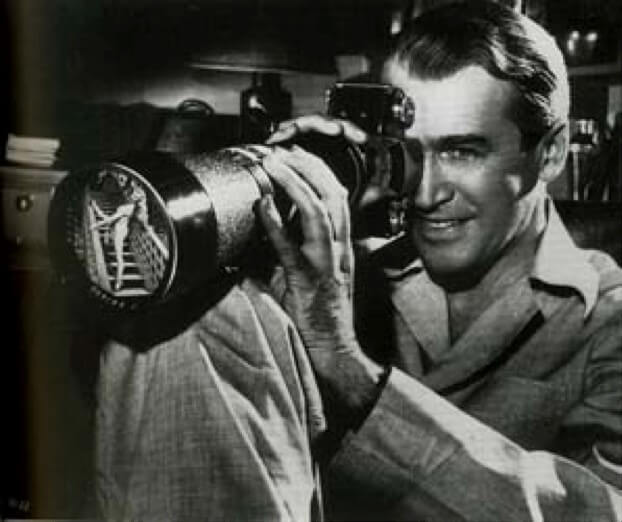
Your discussion really parses Laura Mulvey’s male gaze theory into how it may be propagating into current times through framing and narrative choice within films. That you employed examples such as the Transformers franchise, or common tropes within superhero movies, only further illustrates how the gaze typically objectifies female characters into a visual treat rather than well-rounded persons. Equally rewarding is to see how indie movies and women-driven projects deconstruct that trend of over-emphasized agency and authenticity.
Hi! This is a great analysis of the ‘male gaze’ in film! I appreciate how you unpacked this concept and its impact on performance and audience perception. Your examples help to illustrate how prevalent this perspective is, even in modern cinema. In your blog, you mention the wide-ranging effects of the male gaze in film, and these effects are analyzed in great depth. The way you relate these representations to real-world consequences, such as self-objectification and stereotype reinforcement, really shows how the media shapes social norms and personal perceptions. Additionally, the example you mentioned, Céline Sciamma’s Portrait of a Lady on Fire . The work with not expresses how purposeful filmmaking can redefine how we see and evaluate women on screen.
This blog really exposes the “male gaze” in movies. From the “Wonder Woman” battle suit to the slow motion of “The Wolf of Wall Street”, every shot tells us that women are just the background of male desire. But the article does not stop at complaining, it also points out how some directors tell stories from a female perspective, such as “Portrait of a Lady on Fire”. This is not only a challenge to movies, but also to us viewers – it’s time to look at women on the screen with new eyes. Let’s support those movies that dare to break the stereotypes and make women not just decorations, but the story’s protagonists. I like it very much!!!